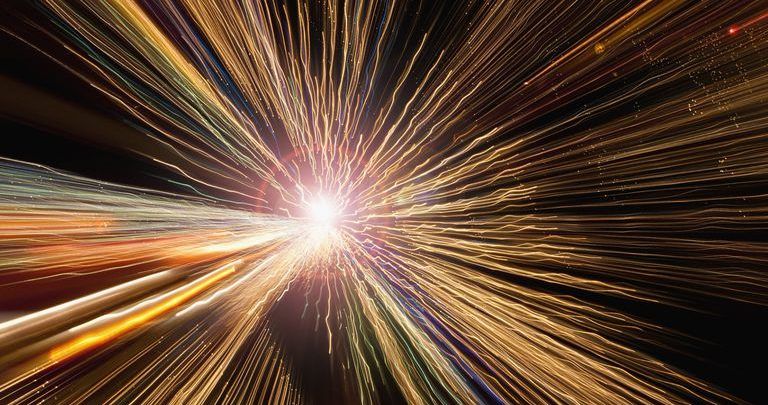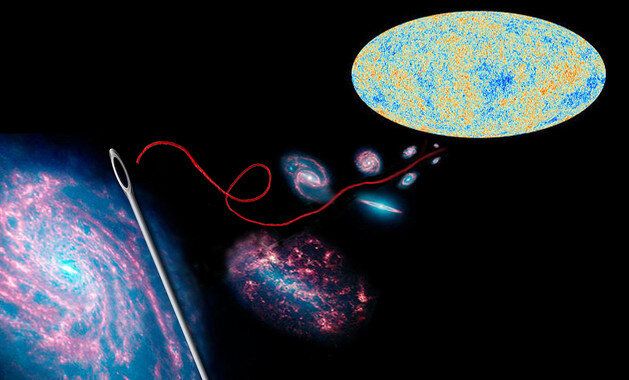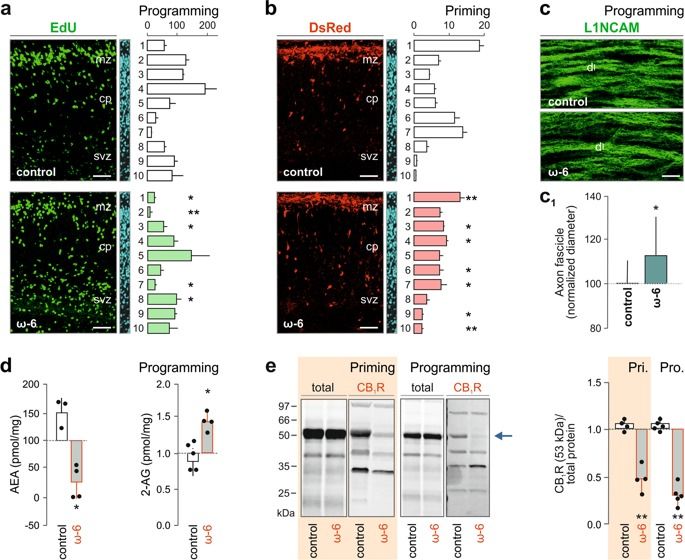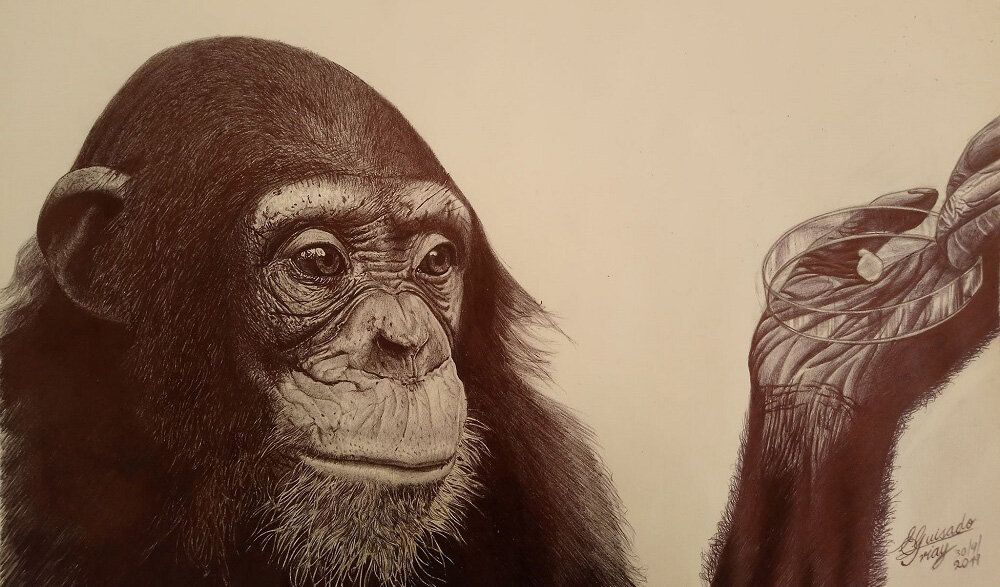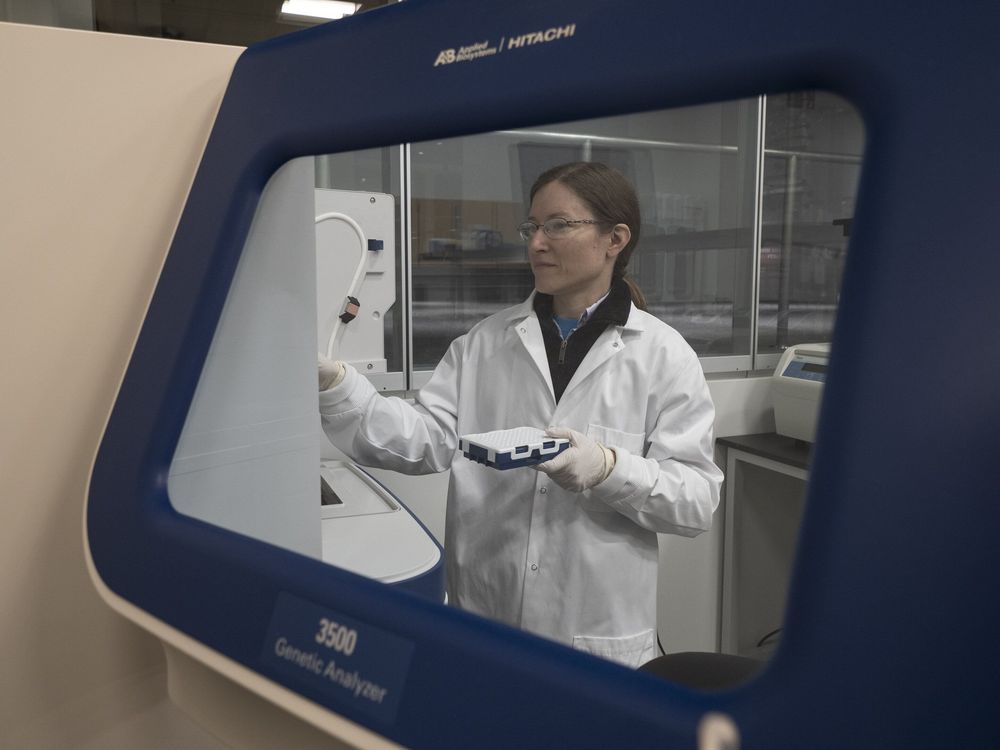Archive for the ‘evolution’ category: Page 116
Dec 3, 2019
We may finally know the answer to the biggest question, what happened before the Big Bang?
Posted by Michael Lance in categories: cosmology, evolution
The current Lambda CDM model may explain a great deal about the evolution and the chronology of the events that occurred in our Universe but it doesn’t paint the complete picture.
We know of the cosmic inflation that happened followed by the Big Bang itself however how these two are coherently connected has so far defied all our attempts to explain.
During the inflationary period, within less than a trillionth of a second, our universe grew from an infinitesimal point to an octillion (that’s 1 followed by 27 zeroes) times in size, which was followed by a more conventional and gradual period of expansion, nevertheless violent by our standards, which we know as the Big Bang.
Nov 28, 2019
Studies Show that Breast Milk Grows Premature Infant Brains Faster than Formula
Posted by Paul Battista in categories: biotech/medical, evolution, food, neuroscience
It’s easy to get excited about breast milk. Just the basic fact that a woman can eat food and turn it into a complete food instantly tailored to grow that particular newborn is quite outstanding. But there is more to breast milk than what meets the eye and understanding the perfection of it could mean a better life for premature babies.
For starters, when a baby suckles her mama’s breast, a vacuum is created. That’s right. Saliva in, milk out. The infant’s saliva is sucked back into the mother’s nipple, where receptors in her mammary gland read its signals. Katie Hinde, a biologist and associate professor at the Center for Evolution and Medicine at the School of Human Evolution & Social Change at Arizona State University, calls this “baby spit backwash,” and it contains information about the baby’s immune status. As far as scientists can tell, baby spit backwash is one of the ways that breast milk adjusts its immunological composition. When mammary gland receptors detect the presence of pathogens, the mother’s body produces antibodies to fight it, and those antibodies travel through breast milk back into the baby’s body, where they target the infection.
“[Breast] Milk is so incredibly dynamic,” says Hinde. “There are hormones in breast milk, and they reflect the hormones in the mother’s circulation. The ones that help facilitate sleep or waking up are present in your milk. And day milk is going to have a completely different hormonal milieu than night milk.” That broken-down means that breastmilk made at night contains hormones that help your baby sleep.
Nov 21, 2019
Fossils Of Prehistoric Legged Snake Explain The Evolution Slithering Reptiles
Posted by Genevieve Klien in category: evolution
Due to a lack of fossil records, the early evolution of snakes has been a mystery, until now. Paleontologists have discovered new fossils of the prehistoric legged snake, Najash that has helped solve the mystery of how this creepy-crawly evolved into the slithering reptile it is today.
Researchers have examined the fossils of Najash rionegrina, a rear-limbed snake from the Late Cretaceous period. it has been named after the Biblical legged snake, Nahash, who tempted Eve and Adam to eat the forbidden fruit in the Book of Genesis. Found in Patagonia, Argentina, the fossil has revealed that snakes not only had limbs 100 million years ago but also had cheekbones (jugal bone).
The study published in Science Advances reveals how snakes evolved from their lizard ancestors. Fernando Garberoglio from the Fundación Azara at Universidad Maimónides, Buenos Aires explained, “Our findings support the idea that the ancestors of modern snakes were big-bodied and big-mouthed—instead of small burrowing forms as previously thought.”
Nov 18, 2019
The measurements of the expansion of the universe don’t add up
Posted by Paul Battista in categories: cosmology, evolution, physics
Physicists use two types of measurements to calculate the expansion rate of the universe, but their results do not coincide, which may make it necessary to update the cosmological model. “It’s like trying to thread a cosmic needle,” explains researcher Licia Verde of the University of Barcelona, co-author of an article on the implications of this problem.
More than a hundred scientists met this summer at the Kavli Institute for Theoretical Physics at the University of California (U.S.) to try to clarify what is happening with the discordant data on the expansion rate of the universe, an issue that affects the very origin, evolution and fate of our cosmos. Their conclusions have been published in Nature Astronomy journal.
“The problem lies in the Hubble constant (H0), a parameter which value—it is actually not a constant because it changes with time—indicates how fast the Universe is currently expanding,” points out cosmologist Licia Verde, an ICREA researcher at the Institute of Cosmos Sciences of the University of Barcelona (ICC-UB) and the main author of the article.
Nov 18, 2019
Life-long epigenetic programming of cortical architecture
Posted by Xavier Rosseel in categories: biotech/medical, evolution, food, genetics, life extension, neuroscience
The evolution of human diets led to preferences toward polyunsaturated fatty acid (PUFA) content with ‘Western’ diets enriched in ω-6 PUFAs. Mounting evidence points to ω-6 PUFA excess limiting metabolic and cognitive processes that define longevity in humans. When chosen during pregnancy, ω-6 PUFA-enriched ‘Western’ diets can reprogram maternal bodily metabolism with maternal nutrient supply precipitating the body-wide imprinting of molecular and cellular adaptations at the level of long-range intercellular signaling networks in the unborn fetus. Even though unfavorable neurological outcomes are amongst the most common complications of intrauterine ω-6 PUFA excess, cellular underpinnings of life-long modifications to brain architecture remain unknown. Here, we show that nutritional ω-6 PUFA-derived endocannabinoids desensitize CB1 cannabinoid receptors, thus inducing epigenetic repression of transcriptional regulatory networks controlling neuronal differentiation. We found that cortical neurons lose their positional identity and axonal selectivity when mouse fetuses are exposed to excess ω-6 PUFAs in utero. Conversion of ω-6 PUFAs into endocannabinoids disrupted the temporal precision of signaling at neuronal CB1 cannabinoid receptors, chiefly deregulating Stat3-dependent transcriptional cascades otherwise required to execute neuronal differentiation programs. Global proteomics identified the immunoglobulin family of cell adhesion molecules (IgCAMs) as direct substrates, with DNA methylation and chromatin accessibility profiling uncovering epigenetic reprogramming at 1400 sites in neurons after prolonged cannabinoid exposure. We found anxiety and depression-like behavioral traits to manifest in adult offspring, which is consistent with genetic models of reduced IgCAM expression, to suggest causality for cortical wiring defects. Overall, our data uncover a regulatory mechanism whose disruption by maternal food choices could limit an offspring’s brain function for life.
- Immediate Communication
- Published: 18 November 2019
- Valentina Cinquina 1,
- Daniela Calvigioni 1, <li class=”” itemprop=“author” itemscope=“itemscope” itemtype=“http://schema.[/ul>
Nov 14, 2019
How human brain development diverged from great apes
Posted by Quinn Sena in categories: biotech/medical, evolution, genetics, neuroscience
Researchers from the Max Planck Institute for Evolutionary Anthropology in Leipzig, Germany, Institute of Molecular and Clinical Ophthalmology Basel, and ETH Zurich, Switzerland, have presented new insights into the development of the human brain and differences in this process compared to other great apes. The study reveals features of brain development that are unique to humans, and outlines how these processes have diverged from those in other primates.
Since humans diverged from a common ancestor shared with chimpanzees and the other great apes, the human brain has changed dramatically. However, the genetic and developmental processes responsible for this divergence are not understood. Cerebral organoids (brain-like tissues), grown from stem cells in a dish, offer the possibility to study the evolution of early brain development in the laboratory.
Sabina Kanton, Michael James Boyle and Zhisong He, co-first authors of the study, together with Gray Camp, Barbara Treutlein and colleagues analyzed human cerebral organoids through their development from stem cells to explore the dynamics of gene expression and regulation using methods called single-cell RNA-seq and ATAC-seq. The authors also examined chimpanzee and macaque cerebral organoids to understand how organoid development differs in humans.
Nov 14, 2019
Museums put ancient DNA to work for wildlife
Posted by Quinn Sena in categories: biotech/medical, education, evolution, existential risks, genetics
Scientists who are trying to save species at the brink of extinction are finding help in an unexpected place.
Heather Farrington, curator of zoology for the Cincinnati Museum Center, is using DNA from specimens collected more than 100 years ago to help understand the evolution and stresses faced by today’s animals.
Farrington runs the museum’s new state-of-the-art genetics laboratory, which helps researchers study populations of animals over time.
Nov 13, 2019
Evolution can reconfigure gene networks to deal with environmental change
Posted by Xavier Rosseel in categories: biotech/medical, evolution, genetics
Scientists at the University of Birmingham have unravelled the genetic mechanisms behind tiny waterfleas’ ability to adapt to increased levels of phosphorus pollution in lakes.
By mapping networks of genes to the physiological responses of ancient and modern waterfleas (Daphnia), the researchers, based in the University’s School of Biosciences, were able to show that a cluster of over 800 genes, many of them involved in metabolic processes, evolved to become “plastic”, or flexible.
This allows the modern Daphnia to adjust its gene expression according to the amount of phosphorus present in the environment. This is particularly fascinating as their 700-year-old ancestors were incapable of such a plastic response.
Nov 8, 2019
Scientists further refine how quickly the universe is expanding
Posted by Paul Battista in categories: cosmology, evolution
Wielding state-of-the-art technologies and techniques, a team of Clemson University astrophysicists has added a novel approach to quantifying one of the most fundamental laws of the universe.
In a paper published Friday, Nov. 8, in The Astrophysical Journal, Clemson scientists Marco Ajello, Abhishek Desai, Lea Marcotulli and Dieter Hartmann have collaborated with six other scientists around the world to devise a new measurement of the Hubble Constant, the unit of measure used to describe the rate of expansion of the universe.
“Cosmology is about understanding the evolution of our universe—how it evolved in the past, what it is doing now and what will happen in the future,” said Ajello, an associate professor in the College of Science’s department of physics and astronomy. “Our knowledge rests on a number of parameters—including the Hubble Constant—that we strive to measure as precisely as possible. In this paper, our team analyzed data obtained from both orbiting and ground-based telescopes to come up with one of the newest measurements yet of how quickly the universe is expanding.”

